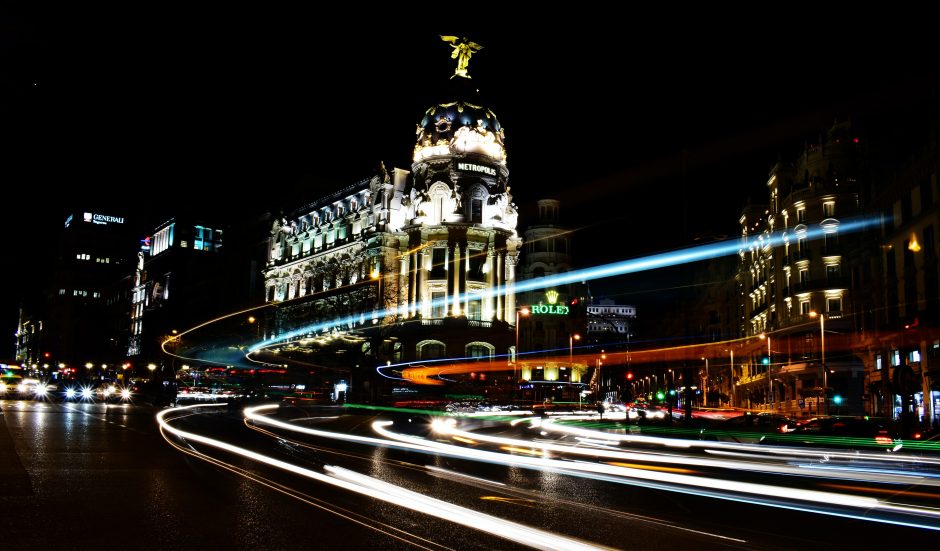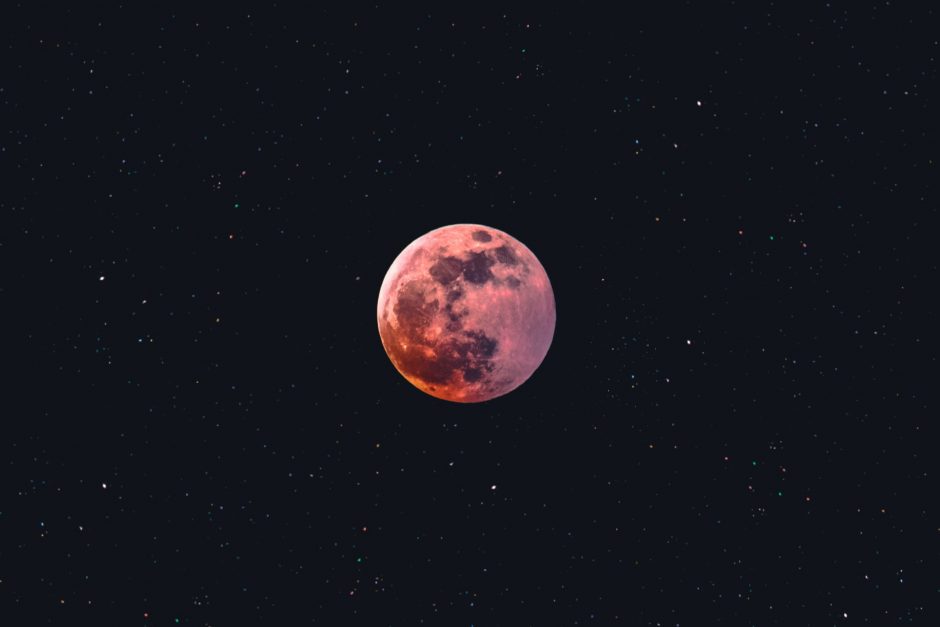Charles gazed at the night sky and smiled. It appeared filmy, as if a giant sheet of wax paper hovered between him and the heavens. The hotel balcony, where he stood, gave him a sweeping view of the Gran Vía, the large boulevard that ran through the center of Madrid. Pulsing red, twinkling blue and violet, blinking yellow, speeding white high beams—the street swam with electric intensity below while above all was murky. Nothing shone or twinkled up there. Even the moon was less visible, something he noticed back in New York over a year ago. He didn’t make much of it, not at first, assuming that the moon’s disappearance was an effect of light pollution. Astronomers had long issued warnings: too much artificial outdoor lighting was responsible for transforming pristine darkness into an unsightly wash of cloudy denim. Charles experienced a sense of loss…
“Ave Maria on the Moon,” by Frank Diamond
Desperation birthed the plan, if you want to call it a birth, and if you want to call it a plan. NASA threw us at the Moon; a Hail Mary pass for world peace, of all clichés. Look how that turned out. I, Chuck Dunn, now sit at the entrance to the cave-complex at the base of the Marius Hills, behind the screen—or the veil, as we on the mission nicknamed it. The Moonscape stretches before me like an addict’s vision of the Arizona desert: rock formations back-lean as the dinosaurs might have while gazing at the arrival of their extinction event. Further beyond, the cloaked range dead-stops at the horizon. The Earth hovers between two cupped peaks; a raised blue Communion host. Holy Mary, Mother of God, pray for us sinners, now and at the hour of our death,…


